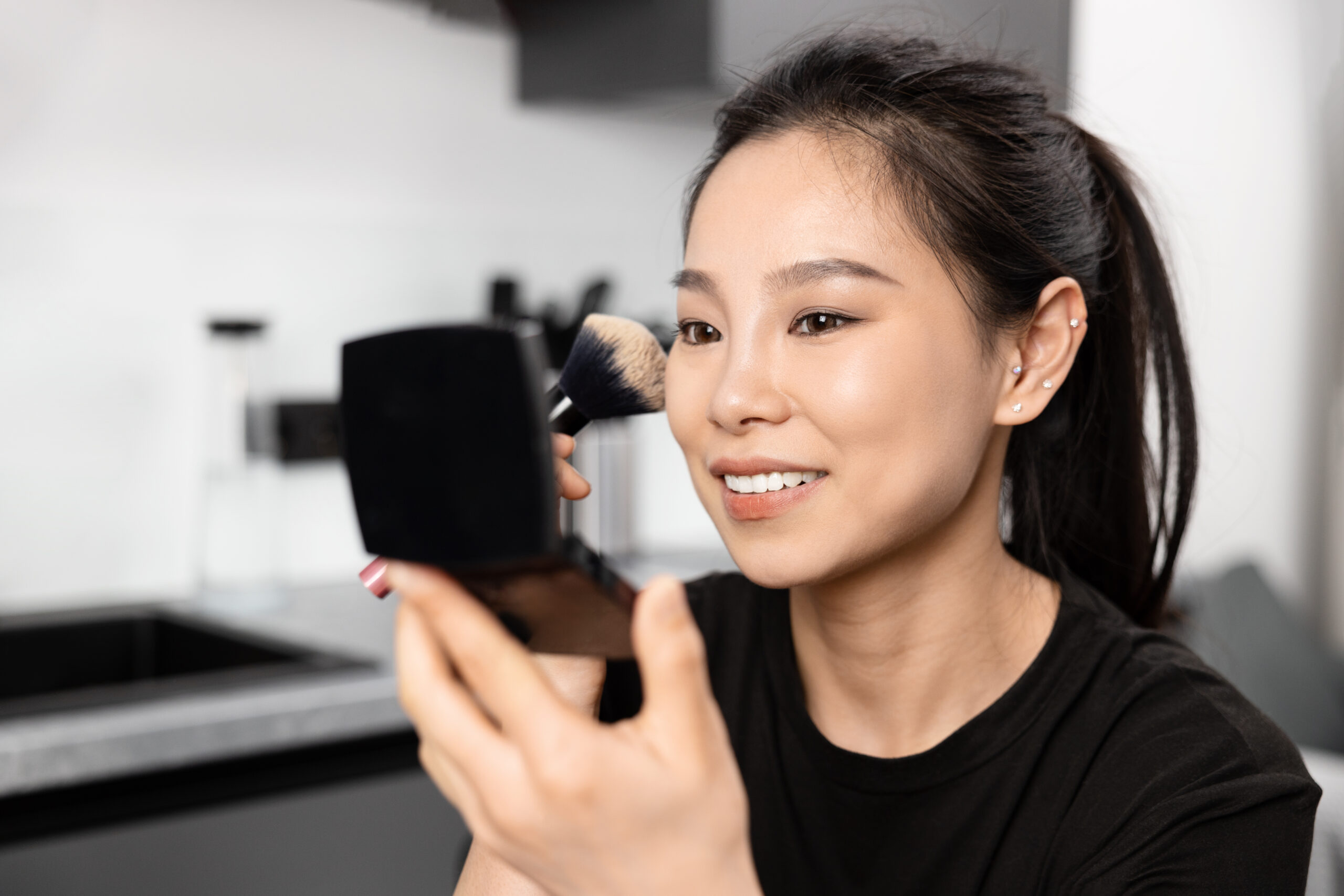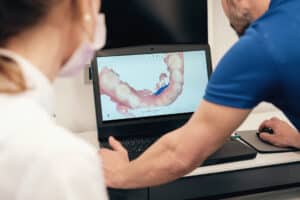- Why people did not smile in old photos
- Quick tips on how to achieve a photogenic smile
- Let Yonge Eglinton Dental help you achieve a picture-perfect smile
Vintage black-and-white, sepia tone, and even quicksilver photographs give us an authentic glimpse into the past. These well-preserved images tell stories about how people lived, what fashion was popular, and what folks liked to do over a century ago.
However, as individual as the people in these old photographs appeared, they had one common trait – they are rarely smiling! It starkly contrasts what we tend to see on social media today, which often features people smiling broadly, laughing, or making goofy faces.
So why all the sad faces in older pictures? Were people generally more sombre back then, or are the reasons more pragmatic? This week’s blog unlocks the history of smiling in photographs.
Why people did not smile in old photos
Since that very first photo was taken in 1826, photography has been embedded in our culture, spawning everything from the motion picture industry and animation to social media and AI. Now, almost everyone carries a high-definition camera in their pocket, ready to document every fleeting moment.
Of course, the technology 100 years ago was relatively primitive, which may contribute to why people looked so serious in photographs back then. This factor is the first of our top 3 reasons why people tended not to smile in vintage photos.
- Long exposure times
Your typical cell phone camera can capture images in less than a second. However, in the early days of photography, taking a single picture took several minutes. That is because the old cameras relied on slow chemical reactions to take photos. The subject needed to stay perfectly still, as any movements would cause the image to turn out blurry.
It is difficult to hold a smile for several minutes, so it was safer for the subjects to simply relax their face, which defaulted to a more serious expression.
By 1845, the exposure time was reduced to under one minute, which for some people was still a long time to freeze a smile. Exposure speeds were further reduced as technology improved over the following decades, but people still appeared rather sombre in pictures of the day. This could be explained by our reason number two.
- Smiling was considered less dignified
These days, taking pictures is part of our daily lives. One hundred years ago, however, photos were rare occasions that might only happen once in a lifetime. The thought of the day was that such a grand, dignified occasion merited only the most dignified expressions, so smiles were frowned upon.
Ironically, motion pictures, the spawn of photography itself, began to change people’s attitudes toward smiling in photos. Movies showed people displaying all sorts of emotions, from anger and sadness to grief and – you guessed it – happiness. As a result of this cultural acceptance of not always appearing “dignified”, smiling became more common when posing for pictures.
Around the 1940s and 50s, smiling was considered the most acceptable facial expression for photographs, as more and more people said “cheese” as the shutter snapped.
- Modern dental care was not readily available
Around the turn of the 20th century, dental care was not as widespread or readily accessible as it is today. Many people had poor teeth by today’s standards, and that is if they had any teeth at all.
Many people question this theory because poor dental health was common in the days before modern dentistry, so no one would have been overly ashamed if they had broken, misaligned, or missing teeth. However, photographs last forever, and your smile is among the first things people notice and remember about you. If you knew your poor smile might overshadow everything else, chances are you would not want your descendants to remember you for it.
One thing that cannot be disputed is that the rise of modern dentistry coincided with the surge of smiling in photographs, especially with the advanced tooth whitening techniques available at your dentist’s office.
Quick tips on how to achieve a photogenic smile
Whether attending an event, meeting someone for the first time, posing for a professional headshot, or interviewing for a new job, a bold, confident smile is critical to creating a lasting positive impression.
Here are three quick tips to help you improve your smile:
- Practice smiling
Smiling at yourself in the mirror may sound funny, but it is a very effective method to ensure you put on the most impressive smile possible. It only takes a minute and will do wonders for your confidence when the big moment finally comes.
- Maintain good oral hygiene
Follow a regular oral maintenance program to keep your teeth as clean as possible. This includes brushing twice daily with fluoride toothpaste, flossing at least once daily, and visiting your dentist regularly for regular checkups.
- Get professional teeth whitening
Teeth whitening is a safe, effective way to help your teeth become as bright and shiny as possible. Be sure to see your dentist for an in-office teeth whitening procedure, and leave those over-the-counter products on the shelf. The results offered by store-bought products cannot compare to the lustre your teeth will have after having your dentist whiten your teeth.
Let Yonge Eglinton Dental help you achieve a picture-perfect smile
When you need teeth whitening services in Toronto, look no further than the smile experts at Yonge Eglinton Dental! Make an appointment with our professional dental team for regular cleanings and dental checkups to keep your smile healthy and ready for every photo.
We also offer smile makeovers that provide customized solutions to ensure you have a Hollywood smile that never goes out of style. All it takes is one phone call to get started!








